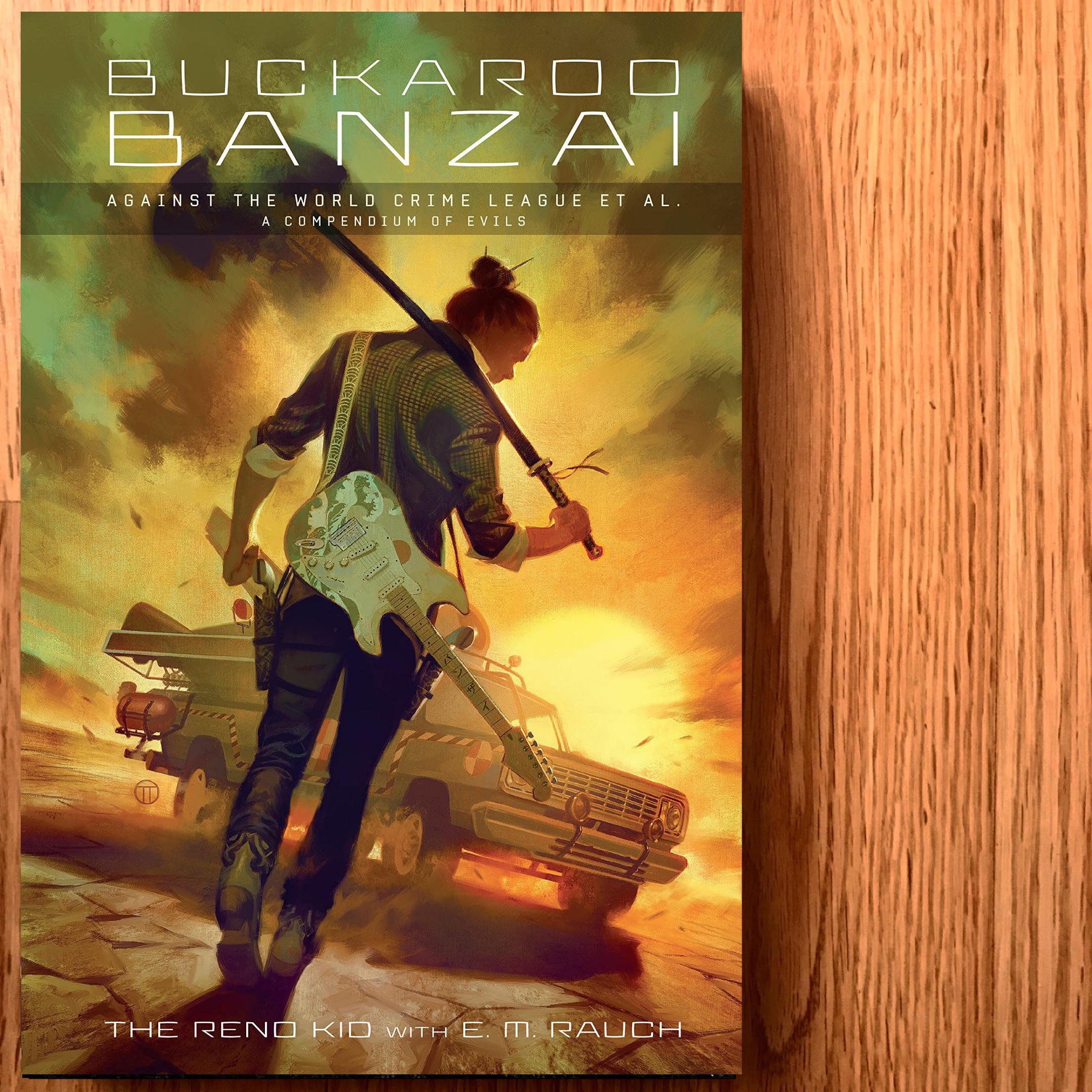By Shantell Powell
Content warning: extremely graphic depictions of violence against Black people, including sexual violence, genocide, murder, and enslavement of children
Blood Scion is the powerful debut novel by Nigerian-Canadian author Deborah Falaye. It is the first book of a forthcoming young adult series, and it ends on a cliff-hanger. Blood Scion does not shy away from the awful realities of colonialism. It is an unforgiving and action-packed examination of what it means to be colonized, and what it means to be exterminated like vermin for the colour of your skin or for following the “wrong” religion. It is relentless, dire, and ultraviolent—by far the most violent YA novel I have ever read. It is also the first YA book I’ve ever read which takes the reader through the ancient military practice/punishment of decimation. The story has a basis in the current and historical colonial contexts of genocide, slavery, and child soldiers. Using Yoruba-Nigerian mythology as a foundation, Blood Scion takes place in the land of Nagea, a land which has been brutalised by the invading Lucis for generations.
The Lucis are running a campaign of genocide to slaughter all descendants of the Orisha. To do so, they conscript Nagean teenagers to do the dirty work. During basic training, the children are brainwashed and tortured both physically and mentally. They are forced to commit acts of unspeakable violence against their own friends and family, exchanging their humanity for their survival. Those who live through the process become soldiers in the Lucis army.
Sloane is the protagonist, a fifteen-year old girl and descendant of the Orisha. The Orisha are deities of the Yoruba religion, and their descendants have powerful magic coursing through their veins. The descendants of the Orisha are called Scions, and it is almost impossible for them to hide from their oppressors. Their magical abilities cannot be hidden for long because not only are they difficult to control, but they are blatant when they manifest. Sloane is brimming with fire magic and does not know how to keep it under wraps. With the slaughter of so many Scions, survivors do not have the knowledge needed to control their powers.
Blood Scion is a revenge fantasy, but it is also the story of resilience and friendship in the face of overwhelming oppression. The pacing of this book is as fast and hard-hitting as machine gun fire. I found it to be a very quick read once I got past the first couple of chapters. Although there are moments of tenderness in the book, they are few and far between. I would like to have seen some comic relief to break up the gut-wrenching trauma. Reading this book is like speeding through an abattoir with your eyes and mouth wide open.
Blood Scion will appeal to fans of Nnedi Okorafor’s Who Fears Death and Tomi Adeyemi’s Children of Blood and Bone.
Thank you, Harper Collins, for a complimentary copy in exchange for an honest review.





















